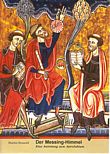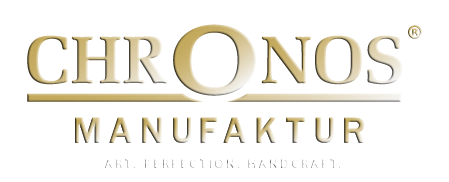
"Der Messing-Himmel" ("The Brass Heaven", available in German)
A guide to astrolabes, written by the Swiss astrolabe-maker Martin Brunold. A5, thread-sewn, hardcover with paper dust jacket, 155 pages, 32 figures, 15 in colour, ISBN 2-940088-11-X
Price: EUR 25.00 (plus postage and packing), or free of charge with the first purchase of one of our instrumens
This book details the conversations and circumstances of a group of monks who have gathered in Rome on 24 December of the year 999 AD. They discuss the beginnings of natural science in Latin (Christian) Europe, caught between ancient and Arab (Islamic) scholarship and the Christian faith. It comes as no surprise that the opinions voiced are diametrically opposed from time to time. The tale focuses on a mathematical technical instrument, the astrolabe, as a symbol of emerging western scientific research in the early Middle Ages. The reader is presented with this astrolabe, the stellar calculator based on the "Carolingian astrolabe" (10th cent? and today kept at the Institut du Monde Arabe in Paris) and drawings in old manuscripts. The monks draft instructions for using the astrolabe for 13 applications, although the main one is telling the time of day. The "record" of the gathering is repeatedly interrupted by remarks that push the time frame far back into the past and into the future, all the way to the present day. The comments and explanations also expand the geographical frame of reference westwards to the Omayyad Caliphate of Cordoba and eastwards via Byzantium and Baghdad as far as India.
The participants in the discussion are five Benedictine monks:
Gerbert of Aurillac, now Pope Sylvester II, and the owner of an astrolabe and a tom-cat called Silandro. Gerbert is as interested in the natural sciences as he is controversial in the position of church leader. Abbot Abbo of Fleury, a mathematician and an expert on calendars. He doesn't care for cats, but is cautiously getting to know Gerbert's tom-cat. Archdeacon Seniofredus Lupitus of Barcelona, a scholar of astrolabes and of Arabic, and a self-declared enemy of all cats. Notker Labeo of St. Gall, head of the abbey school there and outwardly conservative, rejects astrolabes but supports surprisingly modern scientific views. He is the "enfant terrible" of the party, and a cat-lover. Hermann the Lame of Reichenau, Notker's young travelling companion who represents the upcoming scientific generation and includes the cat in the opinion-forming process.
The discussions and comments of the five monks continually expand their scope. Special astrolabes are mentioned, such as the "inverted" Zaouraqi astrolabe, the universal astrolabe of Al-Zarqali, and Al-Biruni's mechanical lunar calculator. There are also references to the planetary tables of Al-Khwarizmi, the tables of King Alfonso X, and the complicated astronomical clock of Giovanni De Dondi.

